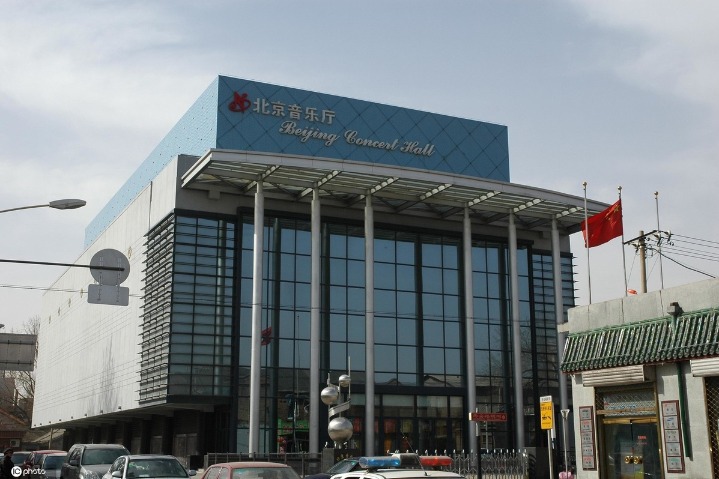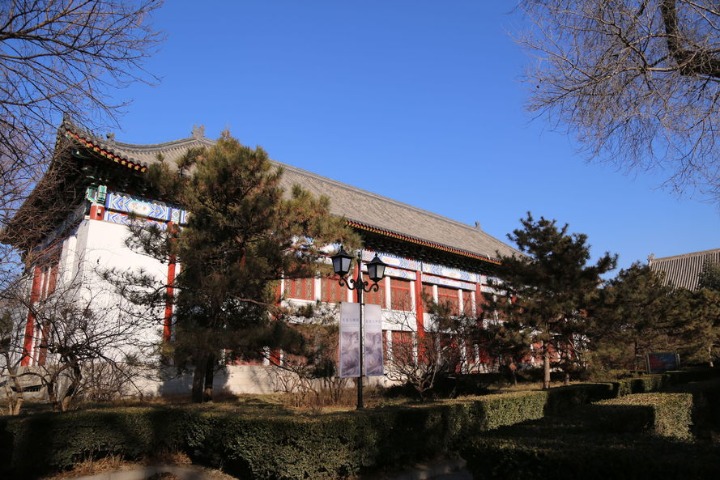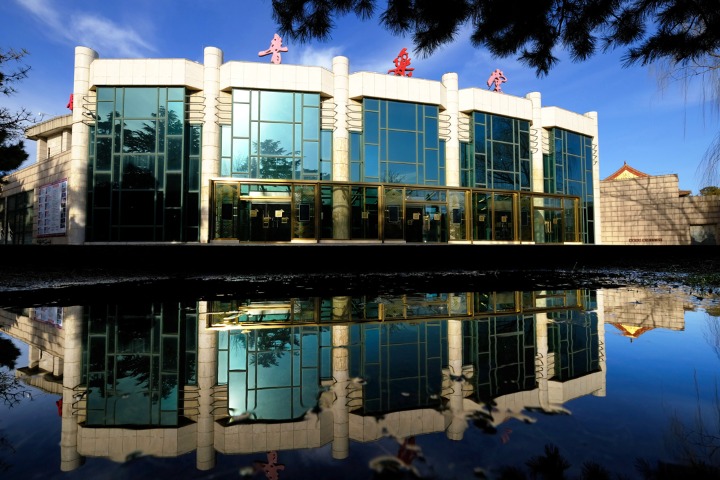
China National Museum of Women and Children
Located on the north side of the main thoroughfare of East Chang'an Street in Beijing, the China National Museum of Women and Children stands as a beautifully designed and stylish museum.

The Xiangshan Museum of Founding of New China
Since it opened in September 2019, the Xiangshan Museum of Founding of New China, situated at the foot of Xiangshan (the Fragrant Hills), has been committed to promoting the red revolution-themed culture of Beijing, and to ramping up education efforts on patriotism and revolutionary traditions.

The Museum of Chinese Gardens and Landscape Architecture
The Museum of Chinese Gardens and Landscape Architecture, the country’s first national museum dedicated to exhibiting gardens and parks.

Overseas Chinese History Museum of China
The Overseas Chinese History Museum of China is a national specialized museum comprehensively showcasing the history and culture of overseas Chinese people.

The Grand Canal Museum of Beijing
The Grand Canal Museum of Beijing is located in the northwestern part of the Green Heart area of Beijing's sub-center, spanning a total building area of around 99,700 square meters.

Chinese Traditional Culture Museum
The China National Arts and Crafts Museum and China Intangible Cultural Heritage Museum (also known as the Chinese Traditional Culture Museum) is a non-profit public institution under the Ministry of Culture and Tourism.

Beijing Concert Hall
Beijing Concert hall has a penetrating glass facade, a solemn and elegant interior design, outstanding acoustics and qualified theater services. It is one of China's high-end performance venues for professional classical music communities from at home and abroad.

Arthur M. Sackler Museum of Art and Archaeology at Peking University
Co-founded by Peking University and Dr. Arthur M. Sackler (1913-1987) and Dame Jillian Sackler, the museum is located at a beautiful site near the west gate of the Peking University campus.

Forbidden City Concert Hall
Built in 1942 and renovated in 1997, the Forbidden City Concert Hall (FCCH) is shrouded in a grove of aged pines and cypresses.


